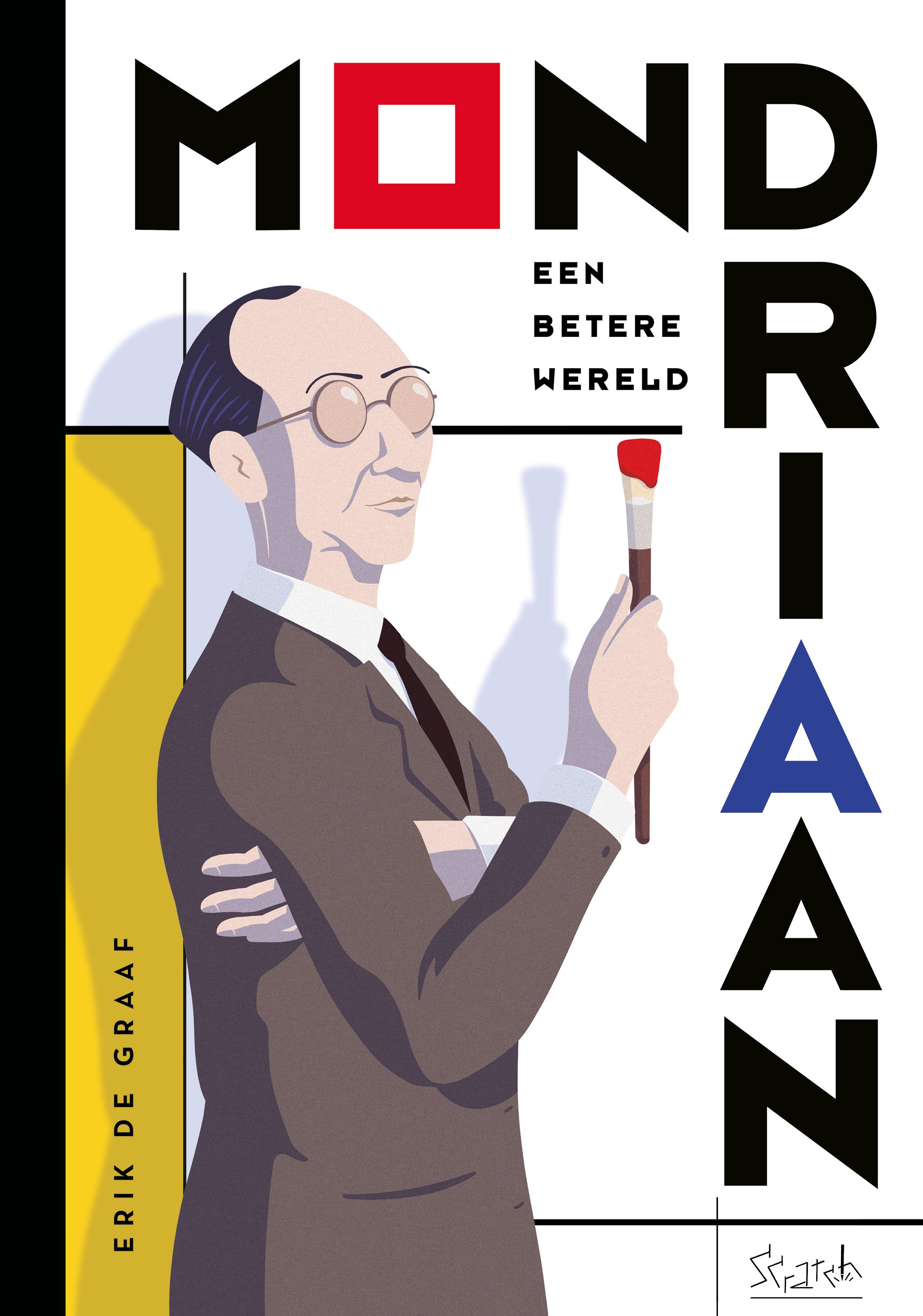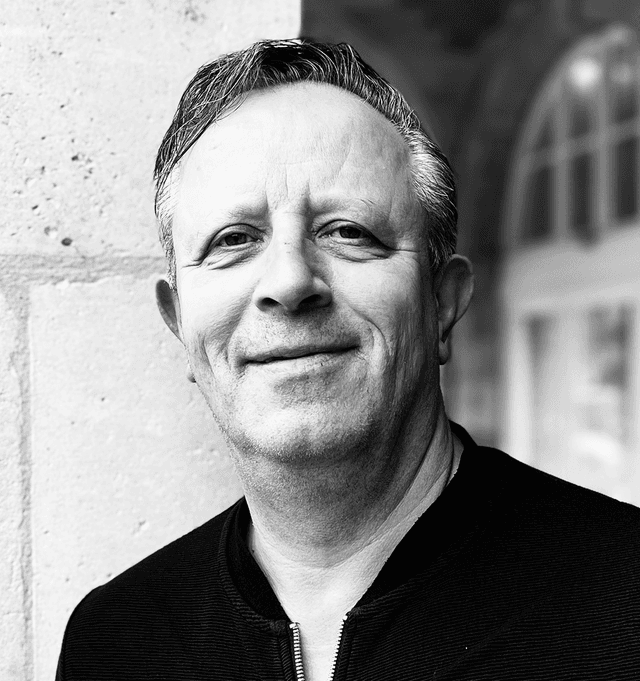Mondrian: A Better World
Graphic novel about the key period in Mondrian’s life in which he perfected his art
The world-renowned painter Piet Mondrian (1872–1944) believed it was an artist’s duty to strive for harmony and equilibrium in art, in order that it could serve as a blueprint for human society. His way to achieve this was to strip his work of all noise and distraction and use only universal shapes and primary colours.

Despite differences in size and placement, all shapes and colours are equally important in Mondrian’s paintings, as he believed should be the case with people in real life. Graphic novelist Erik de Graaf’s fascination with this philosophy led him to investigate what moved this iconic Dutch artist, in art and in life. Through in-depth online and offline research, travel and interviews, De Graaf has pieced together this sensitive reconstruction of Mondrian’s last eleven years.
As a narrative artist, De Graaf seeks to create stories that move people. He searches for the great in the small, the extraordinary in the ordinary. The main story is interwoven with portraits of Mondrian’s friends and colleagues, like Peggy Guggenheim and Harry Holtzman, who share their views of the artist. Between 1933 and 1944, Mondrian lived in Paris, London and New York, moving as far away as possible from the impending doom of WWII. De Graaf takes the reader back into those years. His drawings of the architecture of these cities are so beautifully vivid, readers will feel as though they are there.
The episodes in Nazi Germany are drawn in greyscale contrasting with Mondrian’s colourful pictures as tries to find a sense of harmony in his painting. De Graaf’s crisp, clean style is influenced by the artists he deeply admires: Yves Chaland, Joost Swarte, Seth and Chris Ware. He brilliantly conveys Mondrian’s attempts to bring light into an ever-darkening world.
Rights
Chris Mokken
chris.mokken@scratchbooks.nl
On Shards/Scars:
Erik de Graaf’s diptych deserves a place in the canon alongside Maus, The Beast is Dead, Alan’s War, and the graphic novel version of Anne Frank’s Diary...
Stripgids
Heart-wrenching storylines and deftly wrought flashbacks…
Zone 5300
An impressive testimony.
NRC
